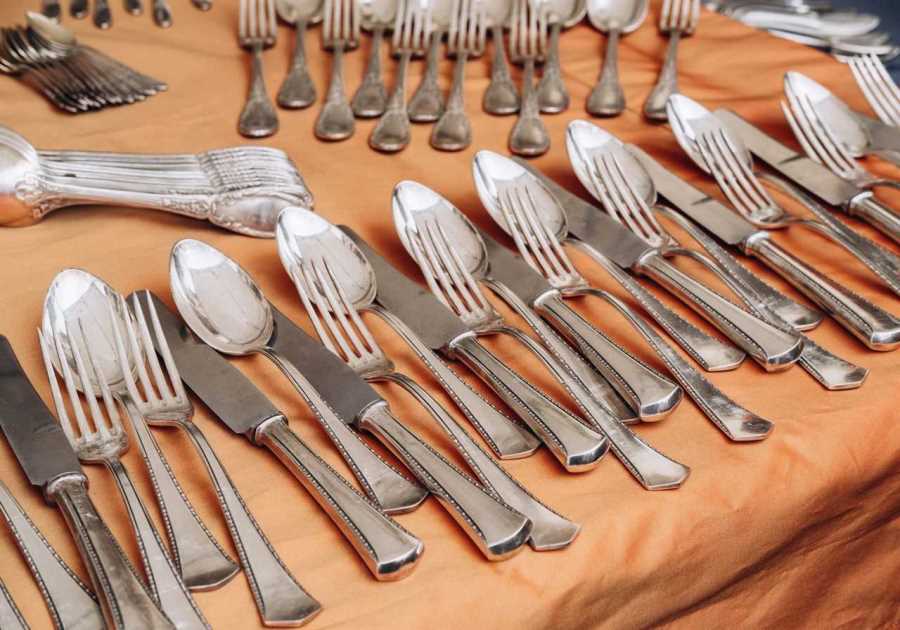When snow, ice and extreme cold are the forecast, that means icy roads, panicked shoppers stripping grocery stores of the essentials, and the possibility of power outages and frozen pipes.
Before the bad weather arrives, you can make sure you have stocked up on all the supplies you need. And you can follow these tips to make sure your home and vehicle are prepped for winter weather.
Home
1. Protect your water pipes. Check around your foundation for the vents and cut wood or plastic foam blocks to fit vent openings, then slide them in to get through the cold spell.
If you know you have pipes prone to freezing, leave nearby faucets dripping on coldest nights. When water is moving inside pipes it will prevent freezing.
Wrap pipes in unheated crawl spaces, attics and garages with foam insulators. Thermostatically controlled electric “heat tapes” can be used in some cases but require extra care.
Open cupboard doors in the kitchen and bathrooms. Water lines supplying the kitchen or bathrooms are frequently located in outside walls. Any air leaks in siding or insulation can cause these pipes to freeze. Leaving the cupboard doors open when the temperature is below freezing allows pipes behind the cupboards to get more heat.
Let the water run if the temperature dips below freezing. A stream slightly smaller than a pencil width should be sufficient. Faucets farthest from the street should be the ones left running. Using cold water will save on your gas or electric bill.
2. Keep your house a little warmer. If you have a basement, keep it heated during the cold snap. Close your chimney damper when not in use. Check that all storm windows and windows are closed and latched. Close curtains at night to help insulate windows.
Minimize use of kitchen and bath exhaust fans. Don’t heat up the car in the garage with the garage door closed. Be prepared with back-up heat sources such as firewood or space heaters.
Make sure you have snowmelt and a snow shovel on hand.
Outdoors
3. In some homes, the outside faucet has a separate shut-off in the basement. If you have a separate valve for outside faucets, shut it off. Then go outside and turn on all the faucets to drain water in the lines. Leave the outside faucets on while you go back and check your outside shut-off valve for a small brass plug or cap on the valve. Turn this plug far enough that water drains from the valve. Then, tighten the plug back and turn off all the outside faucets.
Disconnect garden hoses. Wrap outside faucets or hose bibs. Do this if you don’t have a separate valve to turn off outside faucets. Use newspaper or rags covered with plastic, fiberglass or molded foam insulating covers to wrap the faucet.
Drain in-ground sprinkler systems. Check the manufacturer’s instructions for the best way to do this.
4. Help your plants. When the forecast calls for temperatures below 20 degrees, cover tender plants with an old sheet, tablecloth or even plastic, anchored with rocks or other weights. Leave the protection in place; when the weather warms, take it off.
Shake heavy snow off shrubs and trees to keep branches from breaking or bending, especially frail structures such as arborvitae, boxwoods, young rhododendrons, and azaleas. Leave snow at the base of plants because it insulates roots.
5. Protect container plants since pots can freeze. Cover the plants with compost, mulch, old blankets or anything that can help insulate them. Don’t leave pots hanging. Place on the ground and cover.
Don’t walk on your lawn, especially if there is no snow insulating the grass. Walking on it can break the leaf tissue and damage the grass if it is frozen.
Generally, do not water your plants in freezing conditions but shrubs growing underneath the eaves of a house are susceptible to drought damage. Water them deeply every six to eight weeks only when the air temperature is above freezing and early in the day.
Vehicles
6. A frozen lock can add time to a tricky commute. Locks freeze up because of condensation inside the mechanism. Spraying the lock with de-icer before bed on a freezing night should prevent the problem.
Spraying on the outside of the lock doesn’t help. You need to get it inside the lock cylinder.
If the lock is still frozen, try warming you key in your bare hand before sliding it in.
When things freeze, avoid using your parking brake. Unless you’re parking on a steep incline, drivers of automatic transmissions may want to avoid using their parking brakes no matter how cold it gets. When the weather drops below 32, brake linings can freeze to the drum and disc. If there’s condensation, the release cable itself can freeze up if the brakes aren’t lubed up properly.
7. Before bed, raise wiper blades to keep them from freezing to the windshield.
8. Buy set of chains to keep in your trunk for use on especially snowy roads. If you’ve never used chains before, practice installing them in your driveway to avoid a frustrating experience later.
9. Just in case all your preparations fail to keep you from getting stranded in a snow bank, it’s a good idea to put together a roadside safety kit to keep in your back seat or trunk. The kit doesn’t need to be fancy. A cardboard box with a blanket, gloves, food and water, a flashlight and extra batteries, jumper cables, automotive fluids and flares should do the trick.
10. Review conditions and official notifications before heading out if snow and ice are on the ground.
This article is written by The Oregonian from The Oregonian and was legally licensed via the Tribune Content Agency through the Industry Dive Content Marketplace. Please direct all licensing questions to [email protected].
------------Read More
By: admin
Title: 10 tips to prepare your home and car for extreme cold, snow, ice
Sourced From: www.pncrealestatenewsfeed.com/10-tips-to-prepare-your-home-and-car-for-extreme-cold-snow-ice/
Published Date: Thu, 19 Jan 2023 07:00:37 +0000
Did you miss our previous article...
https://trendinginbusiness.business/real-estate/7-reasons-why-your-total-cost-of-ownership-is-way-different-than-your-mortgage
.png)





